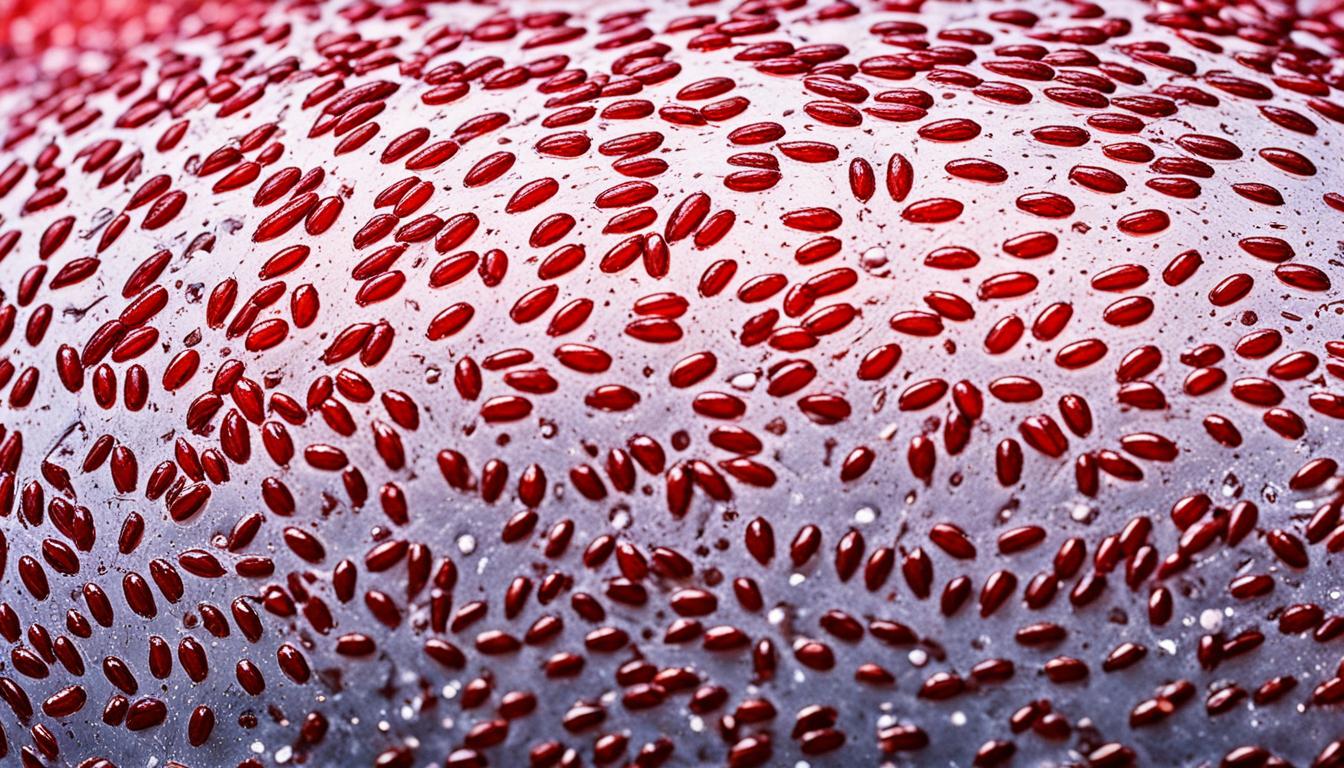Head lice, or pediculosis capitis, are tiny insects that infest the hair and scalp. They mainly affect children and cause severe itching. In rare instances, they can cause anemia by sucking blood. Understanding the signs, causes, and treatments for this condition is crucial.
The signs of head lice include itching and finding lice or eggs on the scalp. You may also notice skin redness. Due to their small size, lice and eggs are tough to see without close inspection. If not treated, this problem can grow and cause more issues.
There are several ways to treat head lice. Special shampoos that kill lice can be bought over-the-counter or with a prescription. Combing the hair with a fine-toothed comb to remove lice and eggs is also important. Keeping your items clean and avoiding close contact with an infested person can prevent it from coming back.
In tough cases that don’t get better with regular treatments, stem cell therapy might help. Although it’s not yet widely used for head lice, this therapy has shown some good results. It can help the scalp heal faster and reduce any damage from the infestation.
If you suspect you or someone you know has head lice, see a doctor as soon as you can. They will give the best advice and treatment for your specific case.
Key Takeaways:
- Pediculosis capitis is a parasitic infestation of the human head and body caused by head lice.
- Symptoms of pediculosis capitis include itching, visible lice or nits on the scalp, and skin irritation.
- Treatment options include using medicated shampoos, thorough combing, and preventive measures to avoid reinfestation.
- In severe cases, stem cell therapy may be considered as an alternative treatment method.
- Consulting a healthcare professional is crucial for accurate diagnosis and tailored treatment.
Prevalence and Impact of Pediculosis Capitis Infestation
Pediculosis capitis, or head lice infestation, is common, especially among kids. In the U.S., 6-12 million kids get it each year. This is mostly because children are close to each other in schools, making lice spread easily.
For the most part, head lice are easy to treat. But, severe cases can lead to iron deficiency anemia (IDA). This is because lice feed on human blood, and severe infestations have been linked to significant blood loss.
The problem isn’t just in the U.S. Severe cases worldwide can cause IDA. It’s key to catch it early, treat it fast, and learn how to stop it from happening again.
Parents, teachers, and doctors need to know about head lice. Understanding the effects helps stop the spread and reduce serious problems like anemia.
Diagnosis and Management of Pediculosis Capitis
Pediculosis capitis, or head lice infestation, is diagnosed when lice or nits are seen on the scalp. These small bugs and their eggs are found by looking closely at the hair.
Using a fine-toothed or lice comb is a good way to find and remove lice and nits. This method physically pulls them off the hair.
For treating pediculosis capitis, several options exist. Medicated shampoos, available over the counter or by prescription, are common. They contain insecticides or other chemicals to kill lice. It’s critical to use these shampoos as the instructions say and rinse your hair thoroughly.
Along with shampoos, combing the hair carefully is important. This helps get rid of any lice or nits left. It’s key to completely remove them and stop them from coming back.
As a preventive step, you should regularly wash and dry items that touched your hair in hot conditions. Also, clean furniture with a vacuum to remove any loose lice or nits. Plus, avoid sharing personal items like hats or combs.
Stem Cell Therapy for Severe Cases of Pediculosis Capitis
In extreme cases of pediculosis capitis not helped by common treatments like special shampoos, stem cell therapy could be an option. This treatment uses stem cells to improve damaged tissue.
More studies are needed to fully understand how well and safely stem cell therapy works for pediculosis capitis. But, it does seem promising for tough cases. It might speed up healing, lower swelling, and help hair grow back. This is for people with a lot of scalp damage from long-term lice infestations.
Before exploring stem cell therapy for pediculosis capitis, talking to a healthcare professional is crucial.
FAQ
Q: What is pediculosis capitis?
A: Pediculosis capitis is when the human head and body get infected by Pediculus humanus. This issue mostly happens to kids. It causes a lot of itching.
Q: Can pediculosis capitis lead to iron deficiency anemia?
A: In some cases, a bad infestation of pediculosis capitis can make someone have low iron in their blood. Lice can lead to this problem by feeding on human blood heavily.
Q: What are the symptoms of pediculosis capitis?
A: The main signs of pediculosis capitis are itchiness, you may see lice or nits (lice eggs) on the scalp, and the skin might get irritated.
Q: How is pediculosis capitis diagnosed?
A: To know if someone has pediculosis capitis, doctors look for lice or nits on their scalp. Seeing these signs means you likely have it.
Q: What are the treatment options for pediculosis capitis?
A: To treat pediculosis capitis, you can use special shampoos you buy without needing a prescription. It is also important to comb the hair to remove lice and eggs. You should also take steps to not get lice again.
Q: Can stem cell therapy be used to treat severe cases of pediculosis capitis?
A: In cases where the usual treatments do not work, like shampoos and combing, you might think about stem cell therapy as another option. It’s considered for very severe situations.

